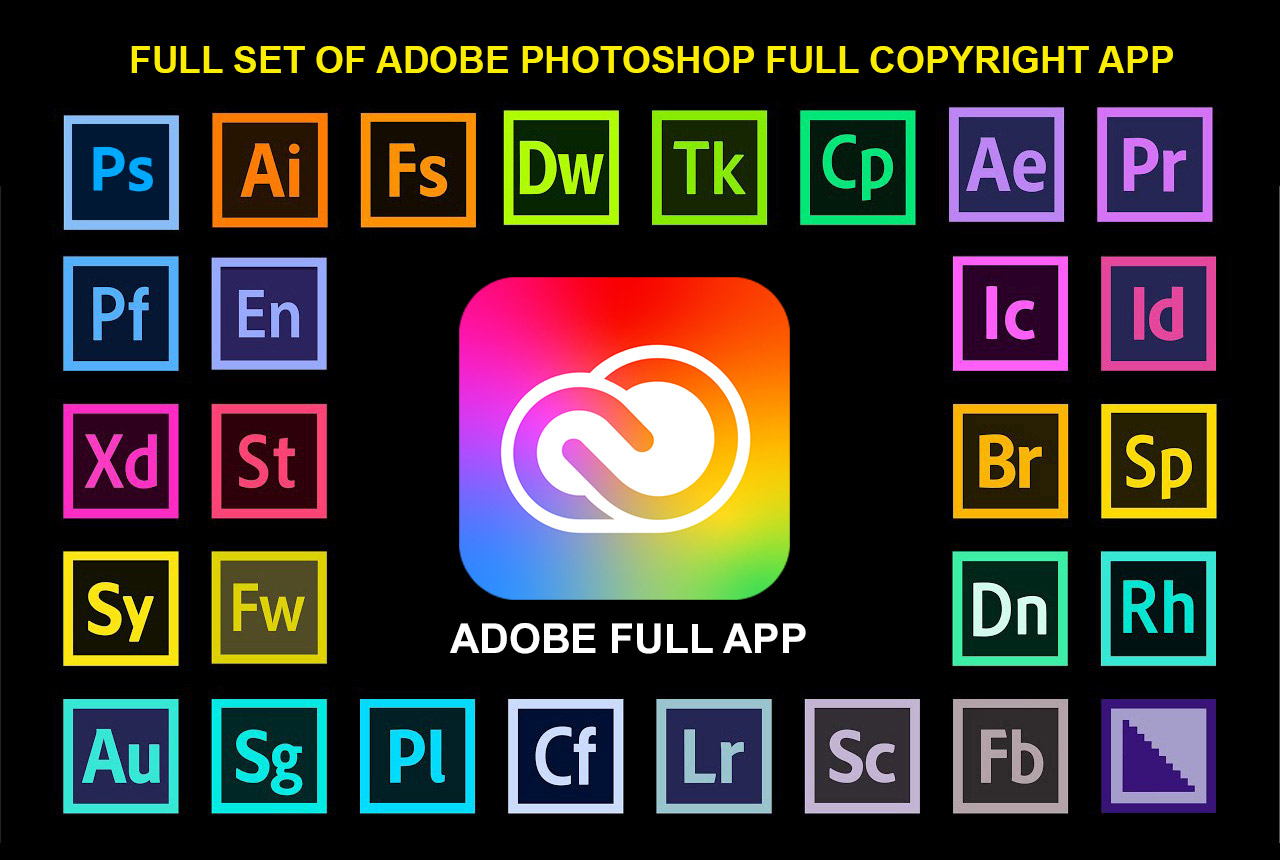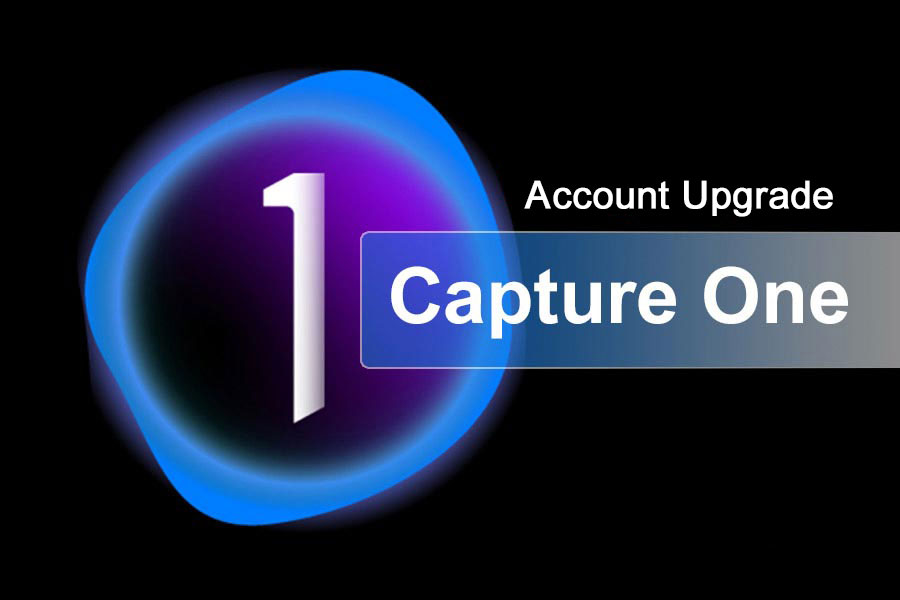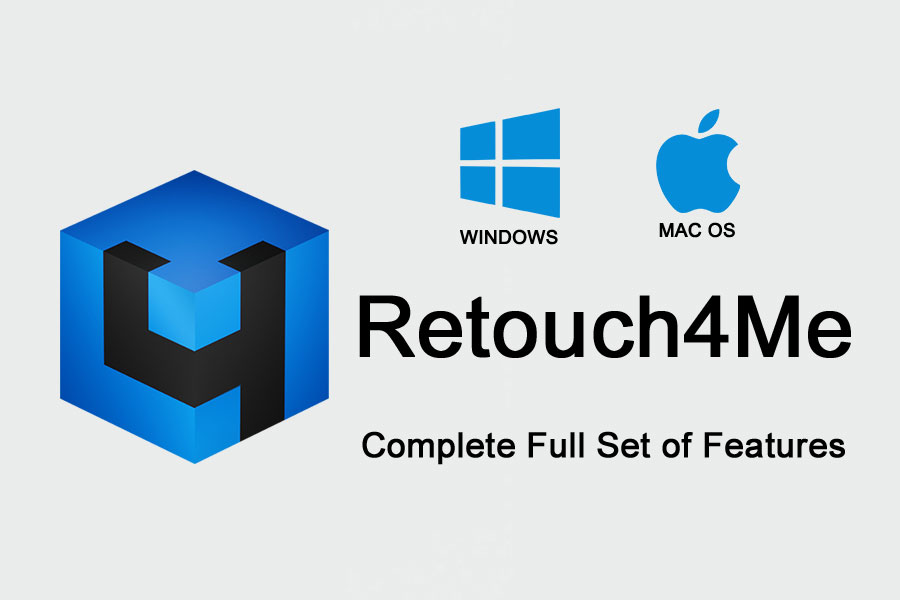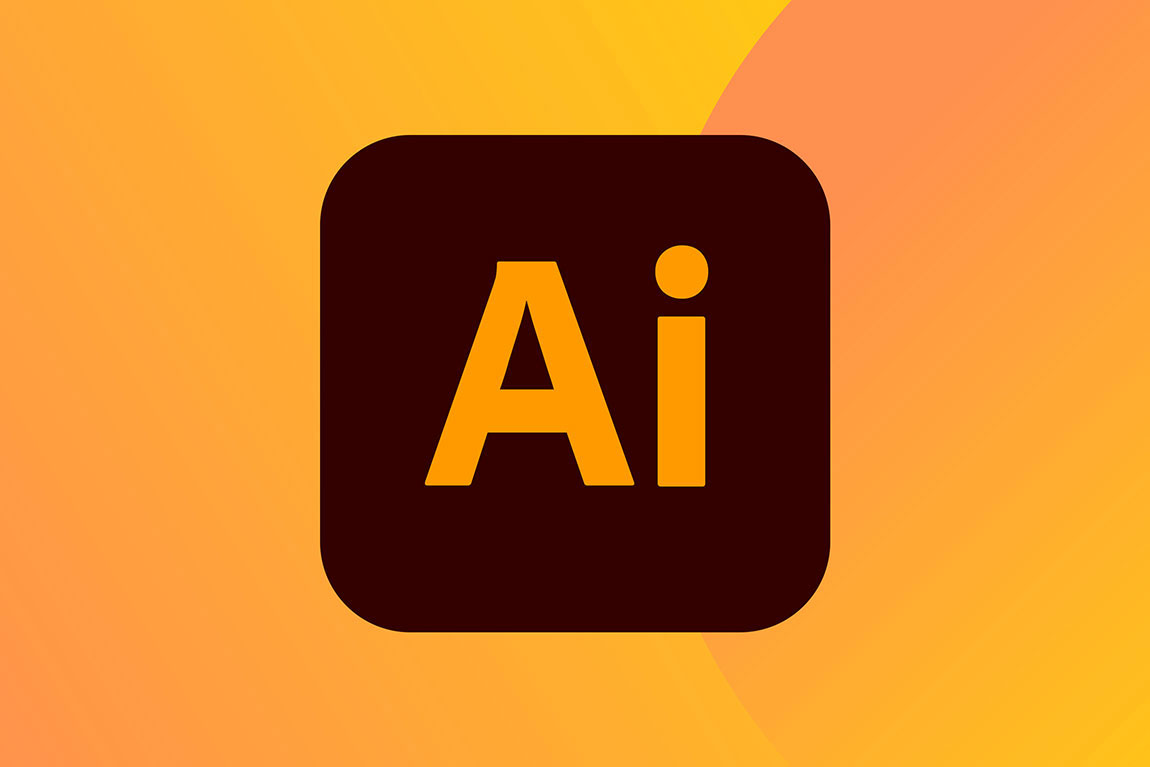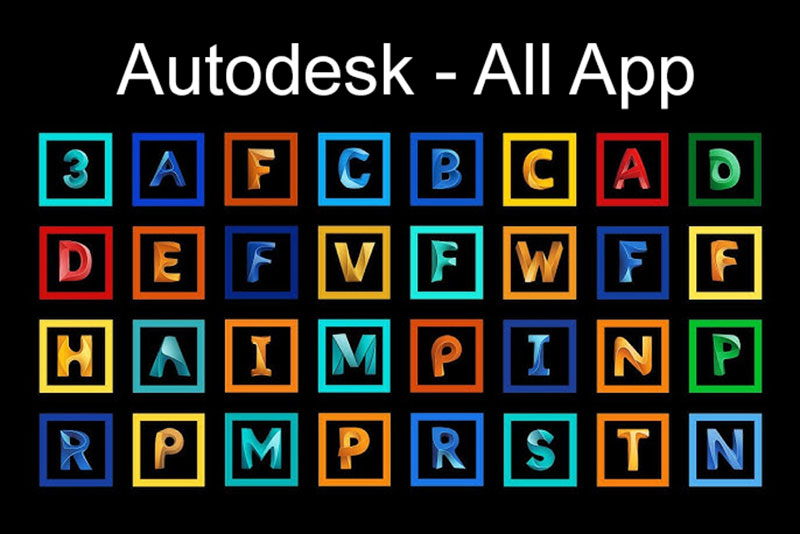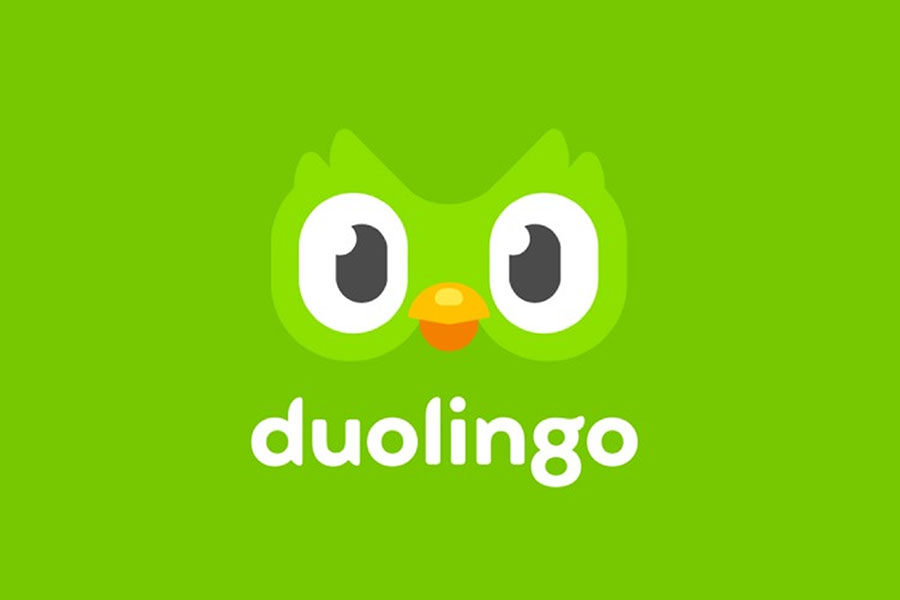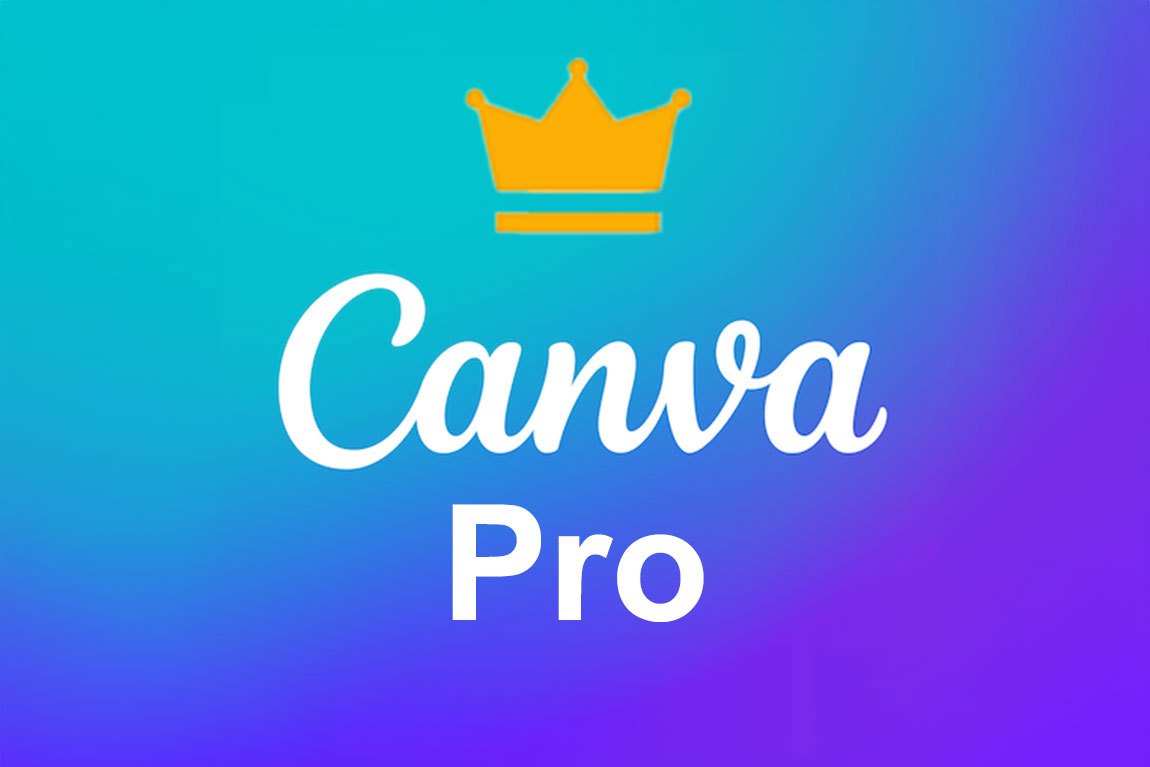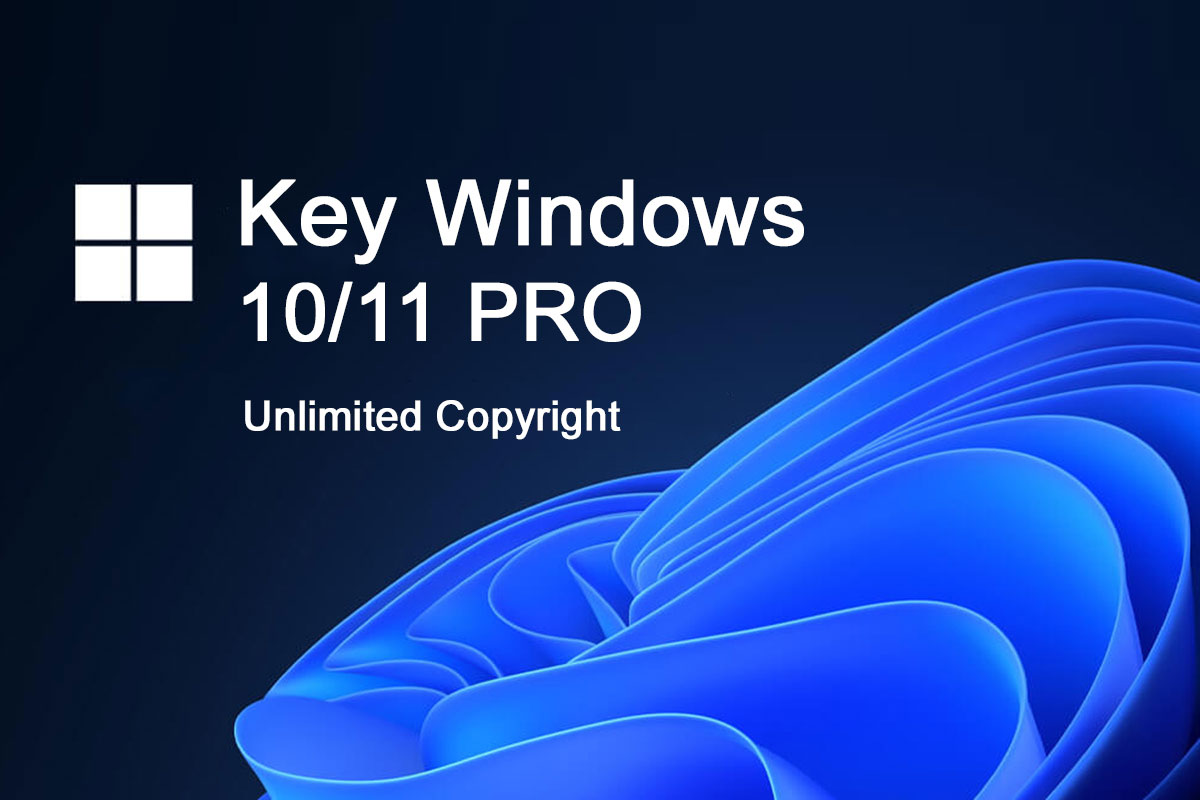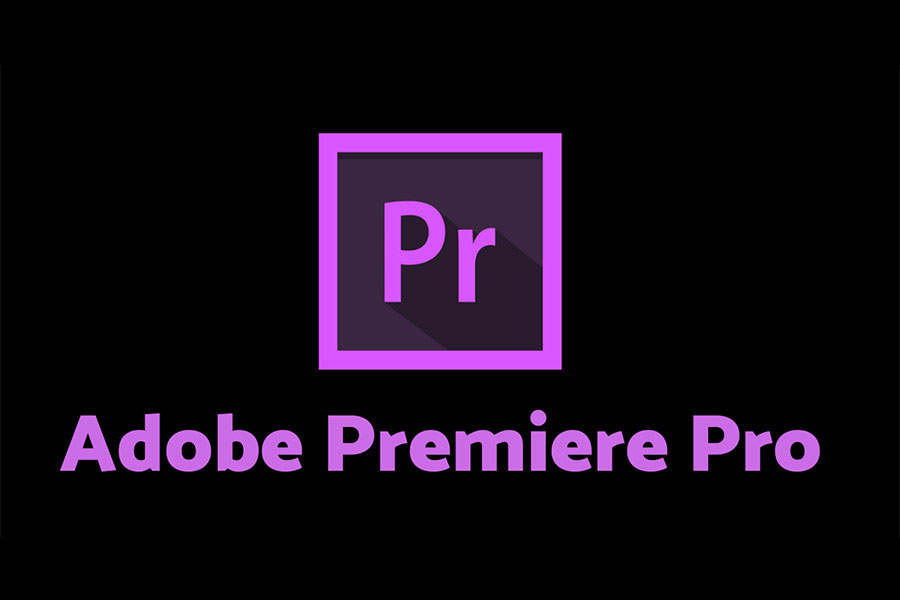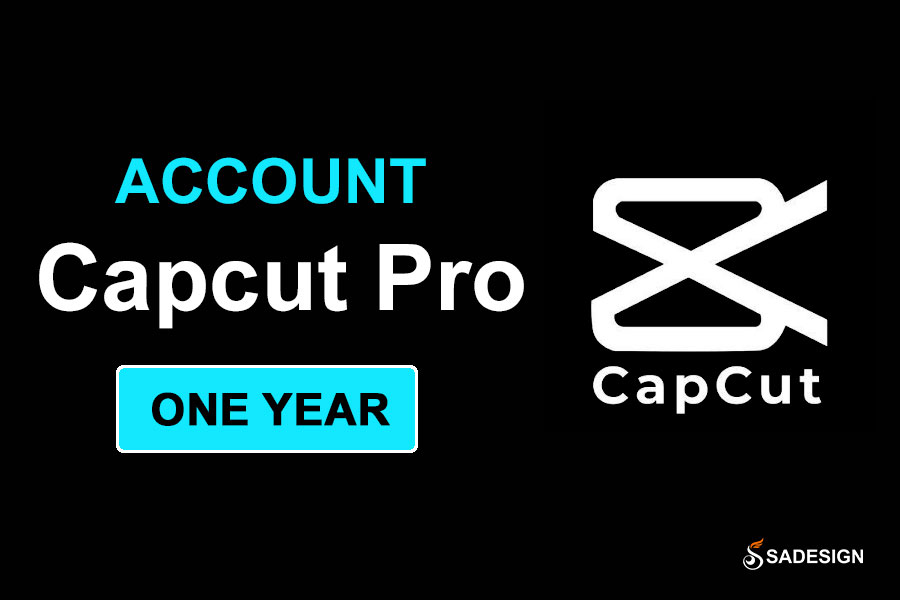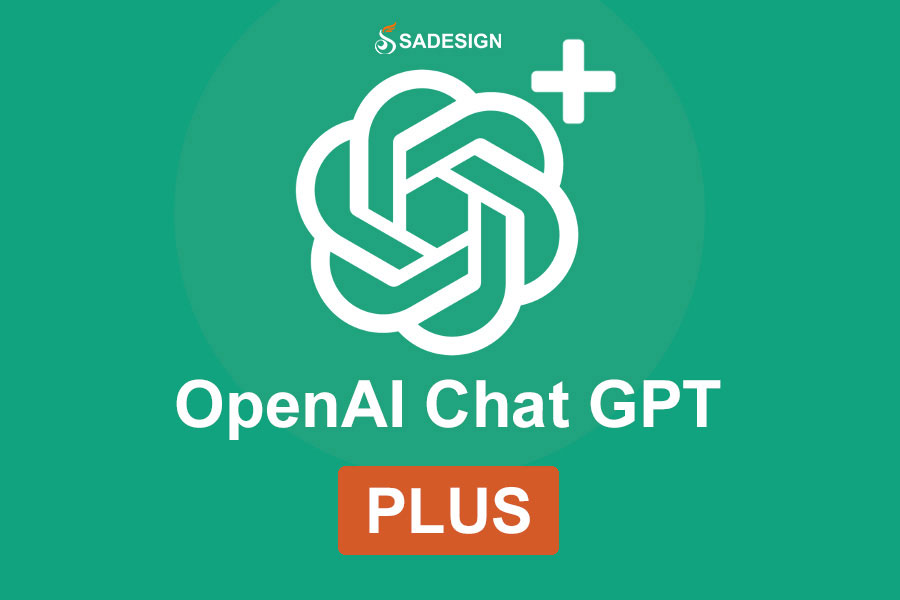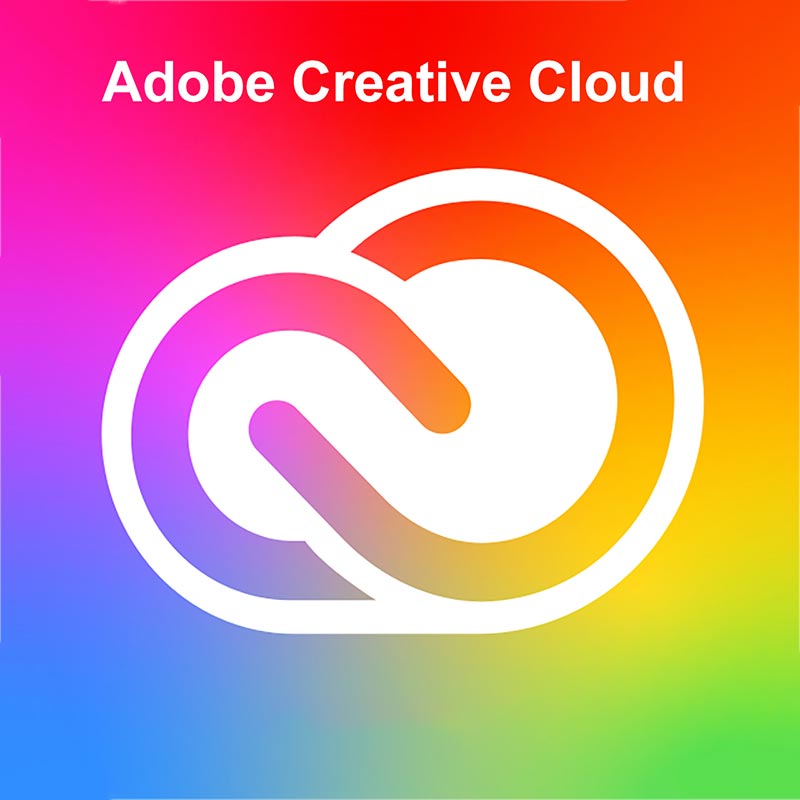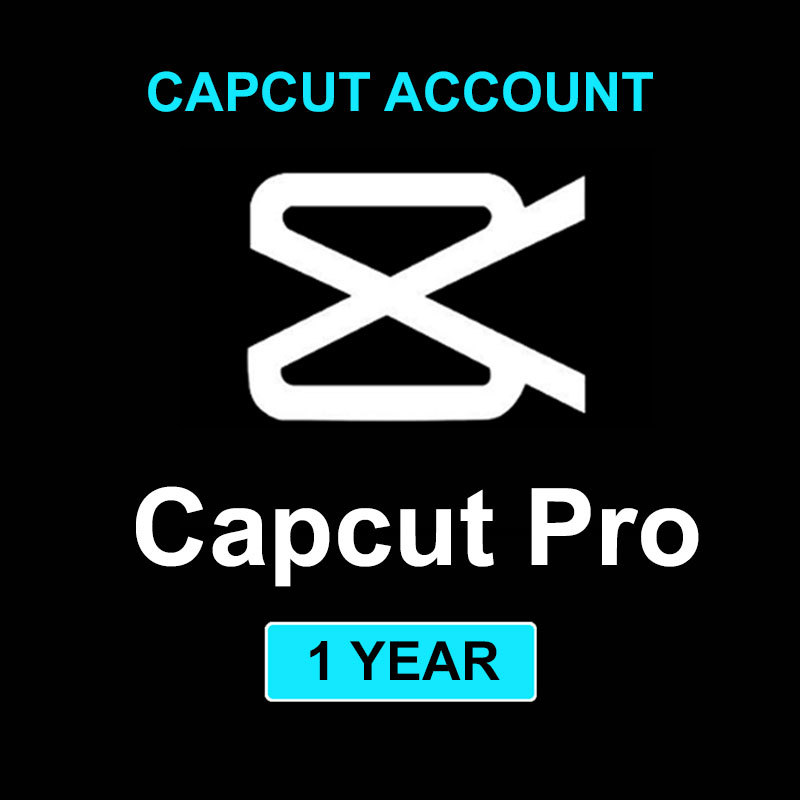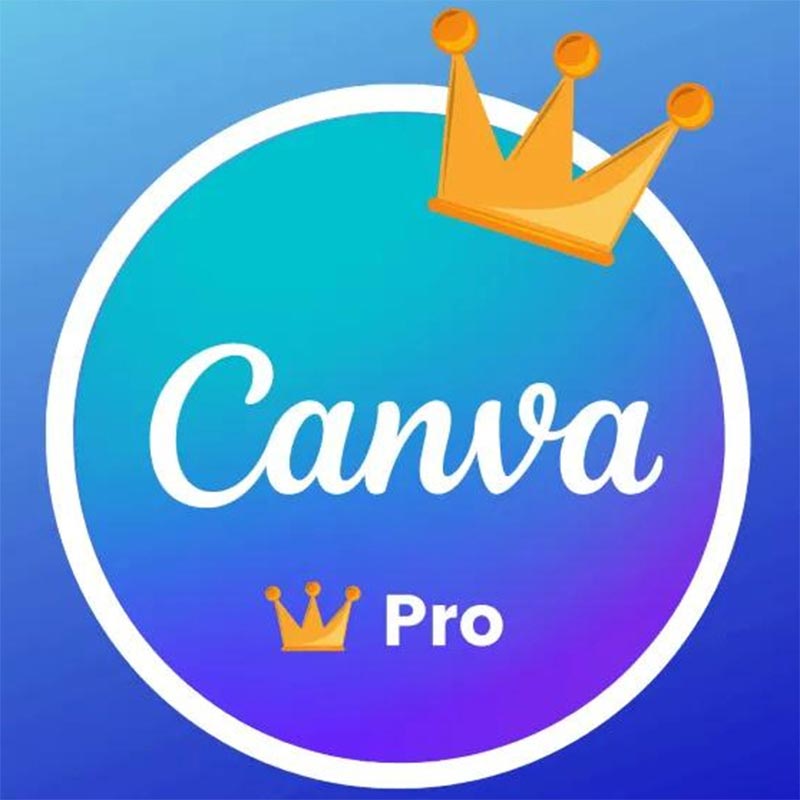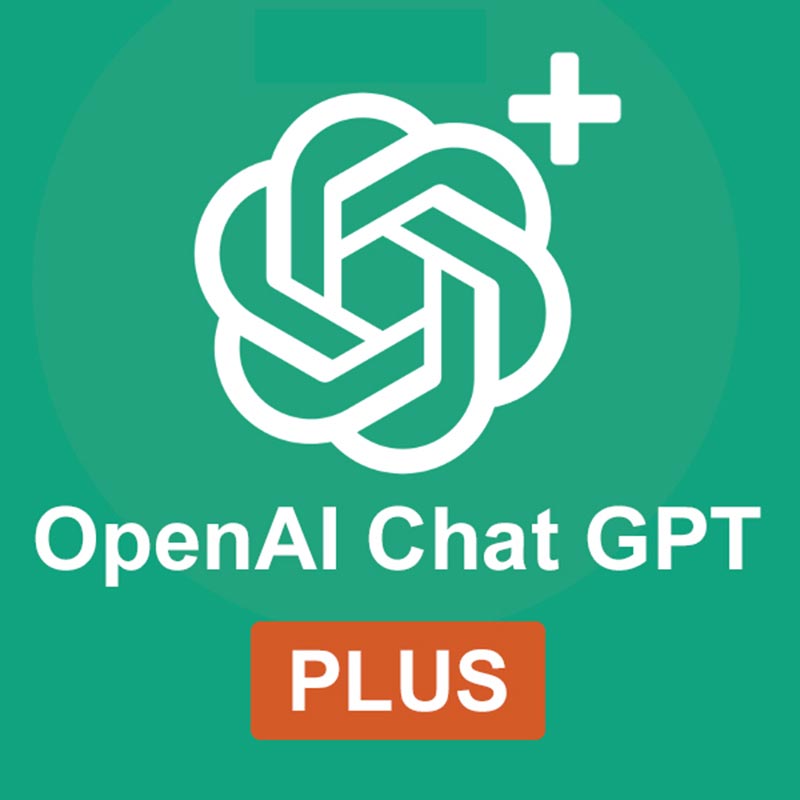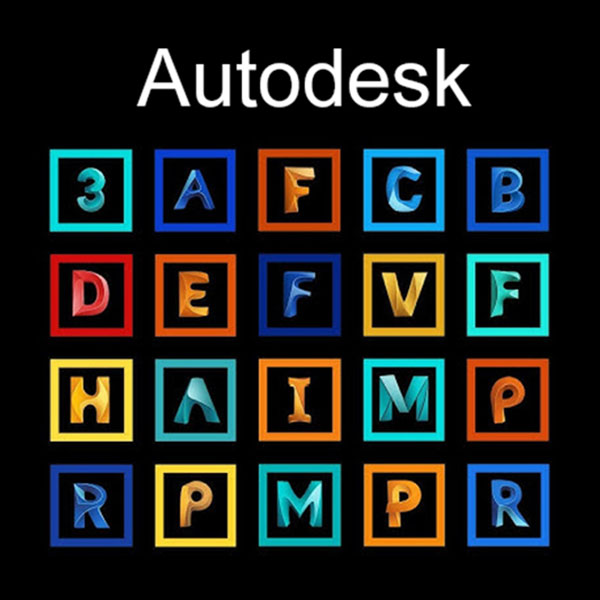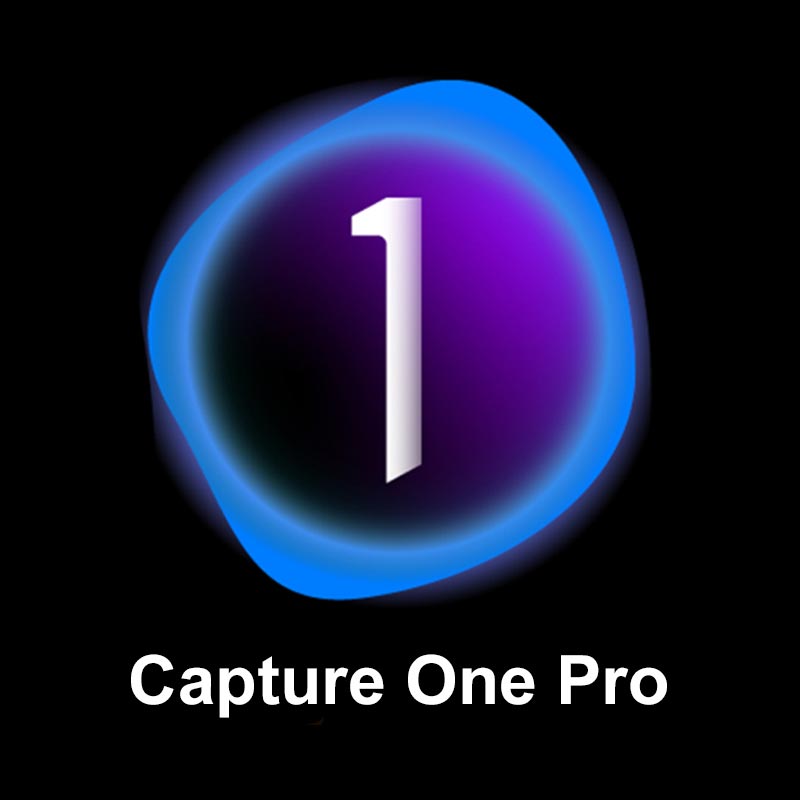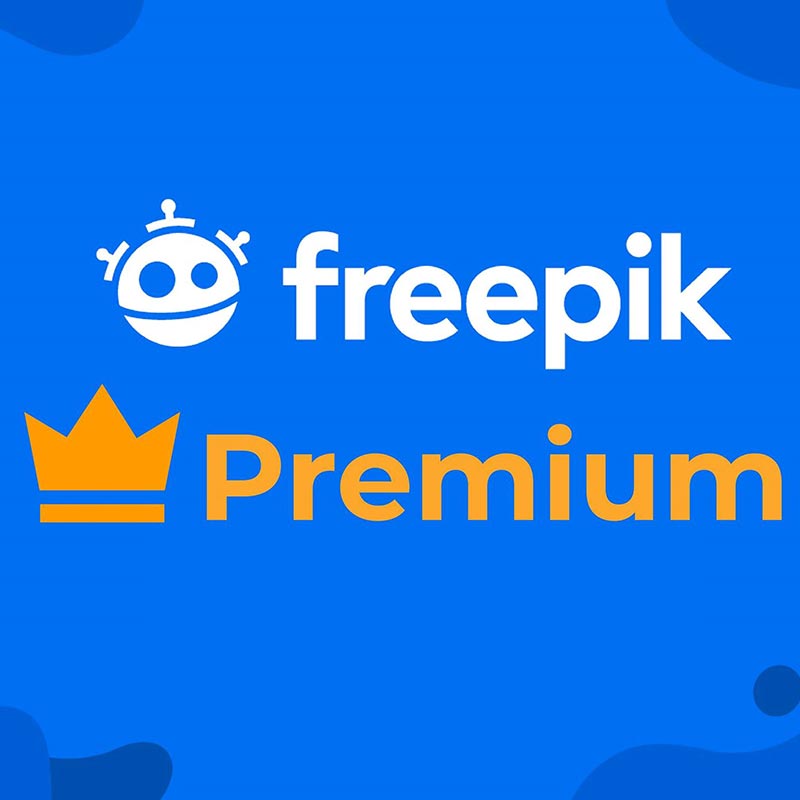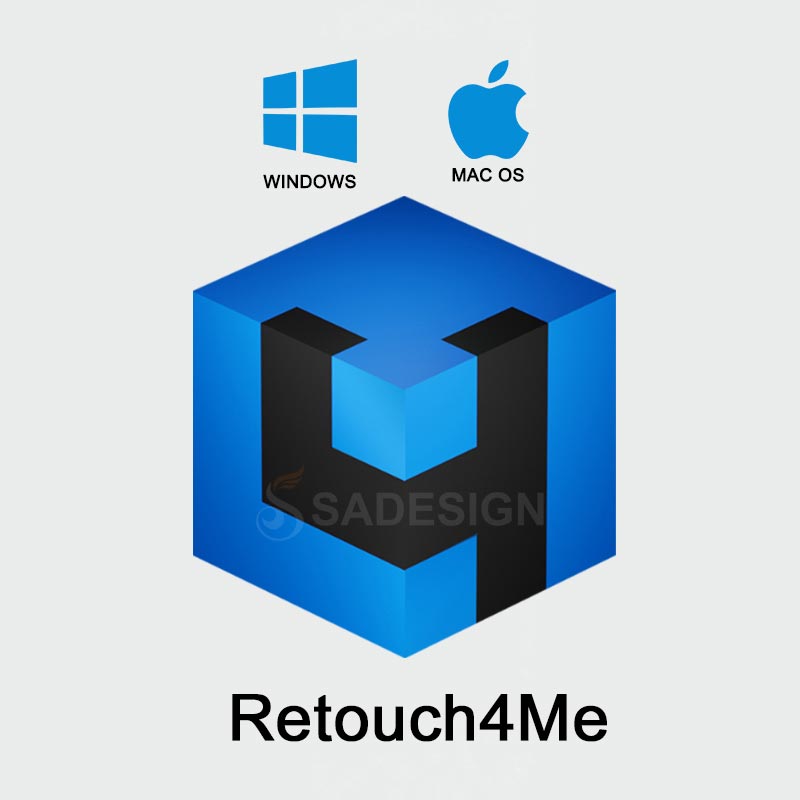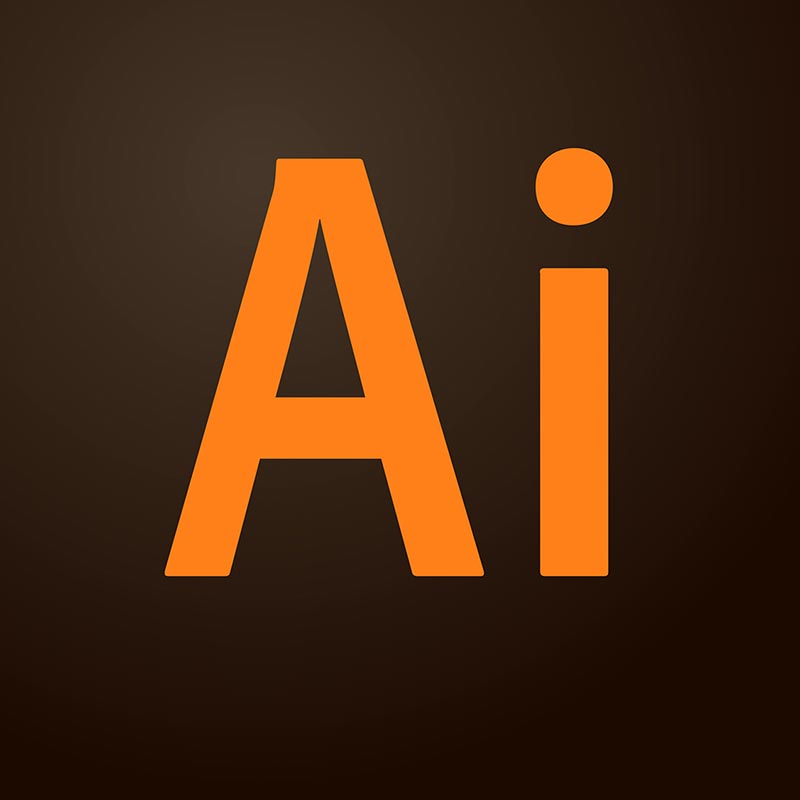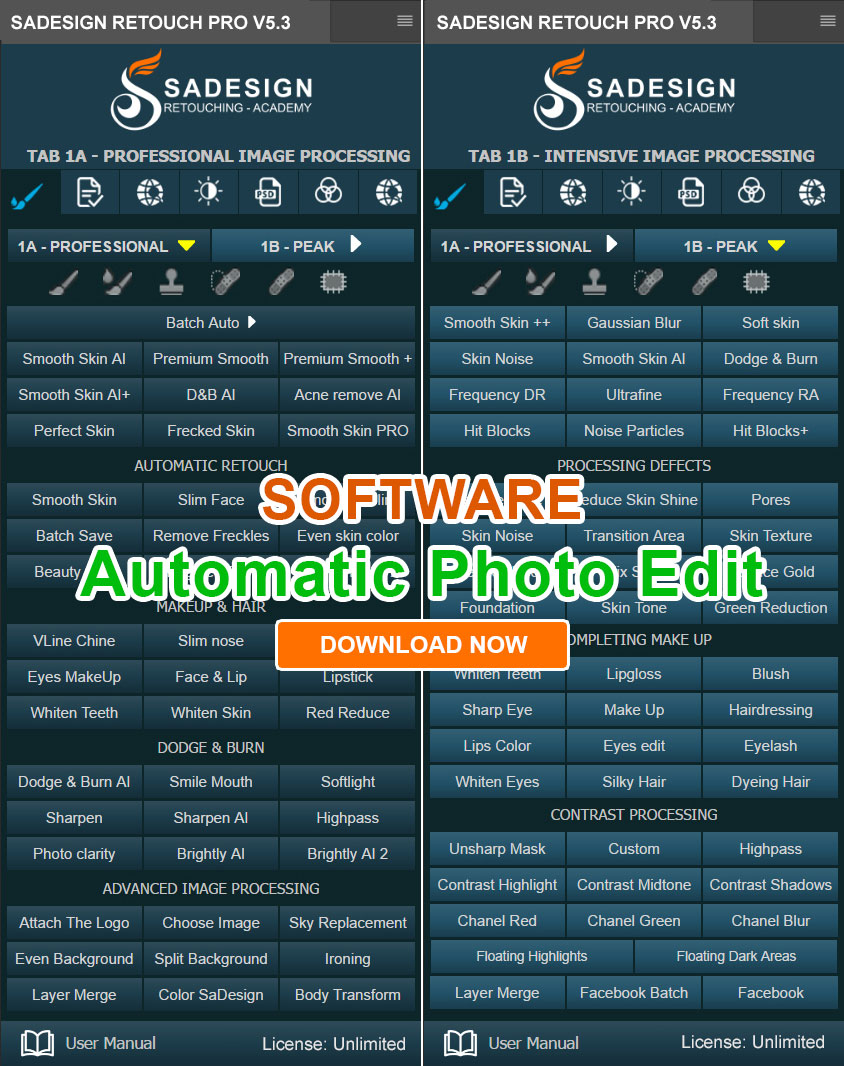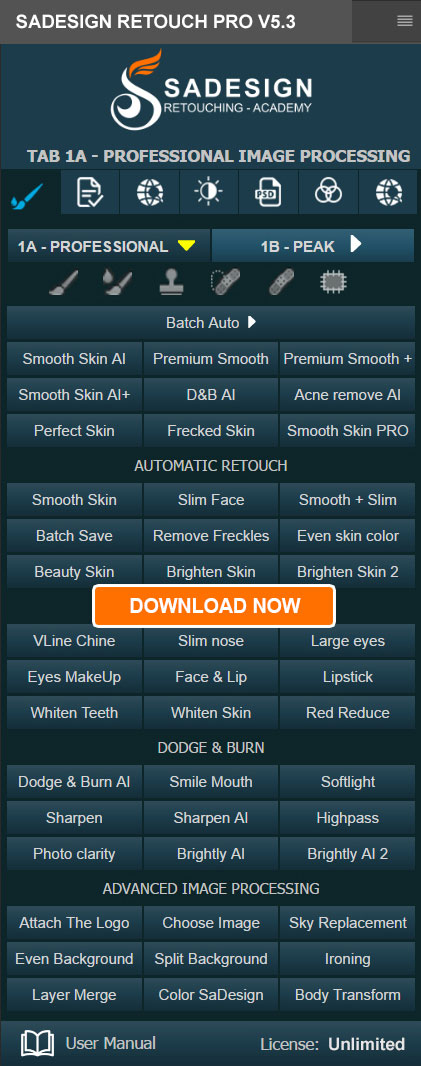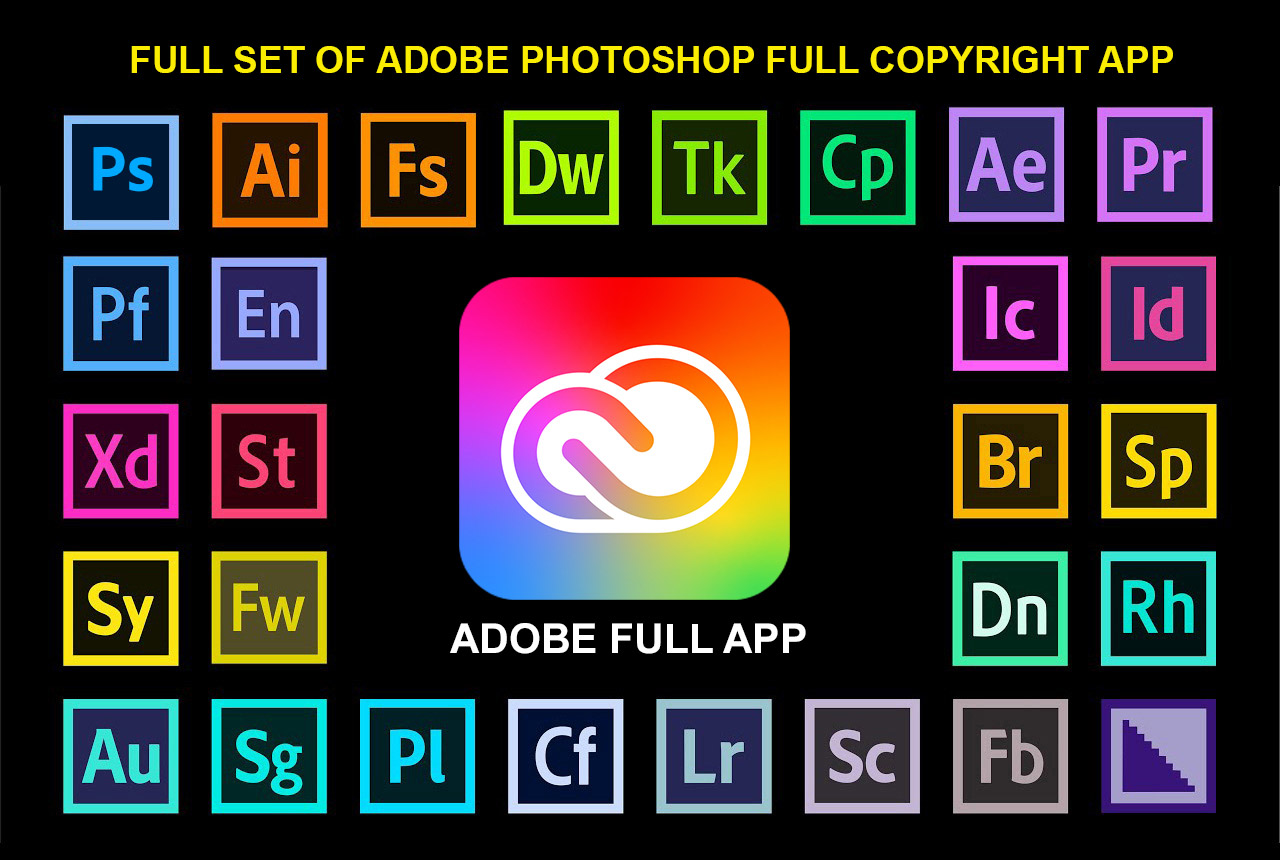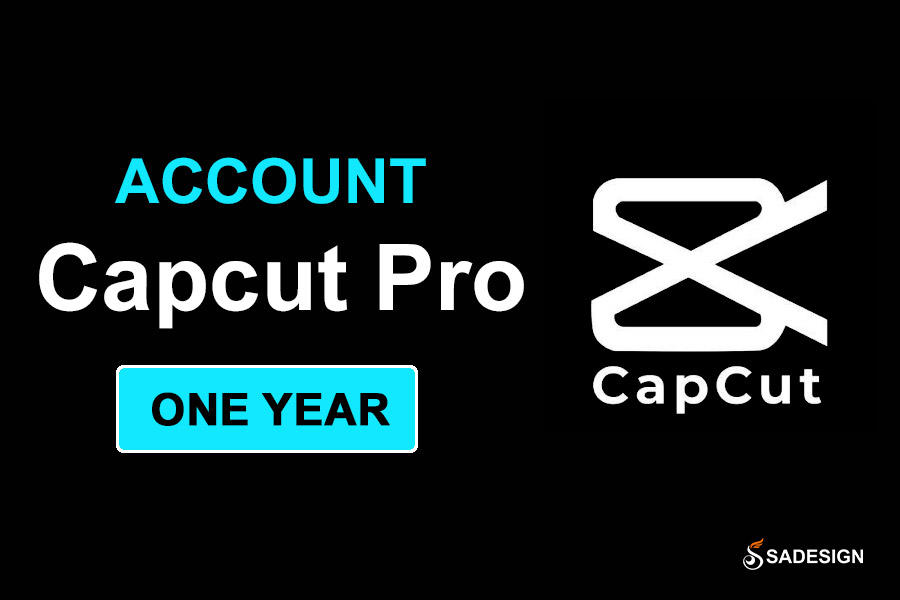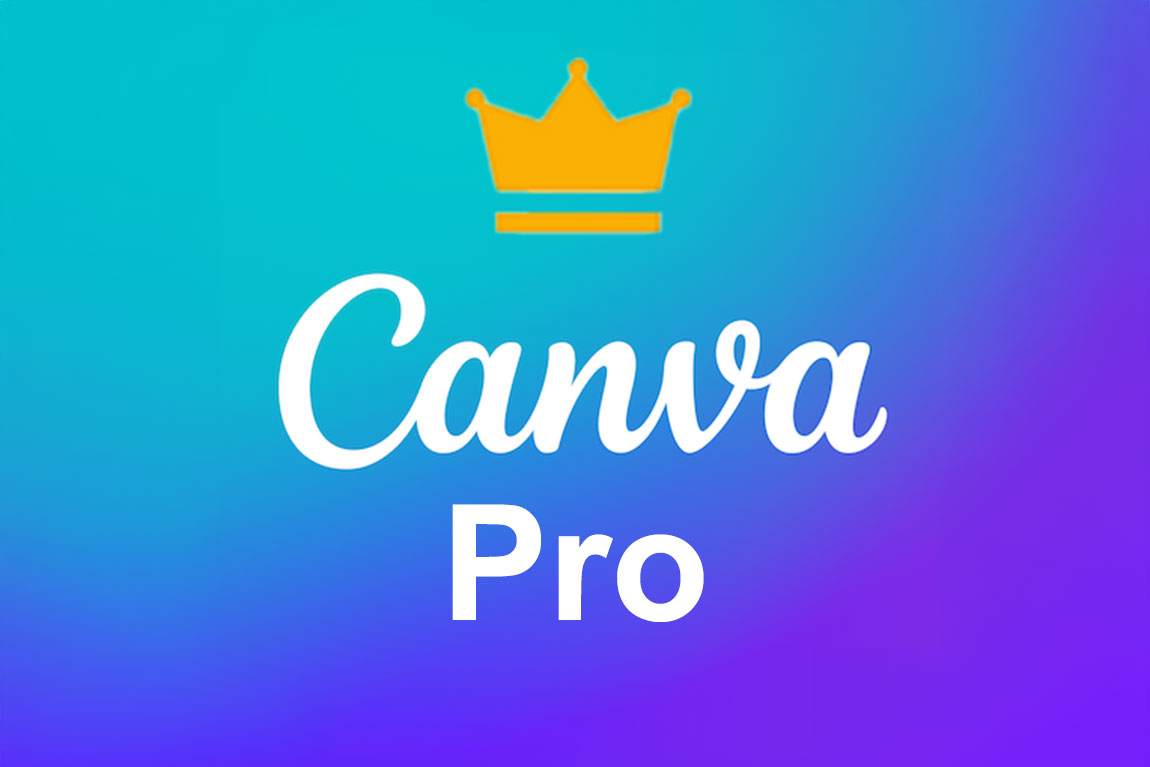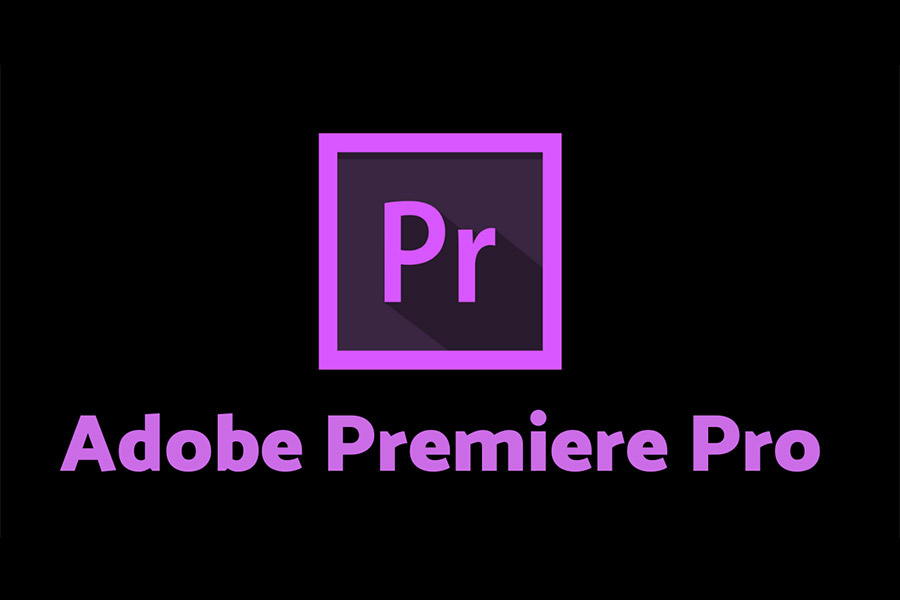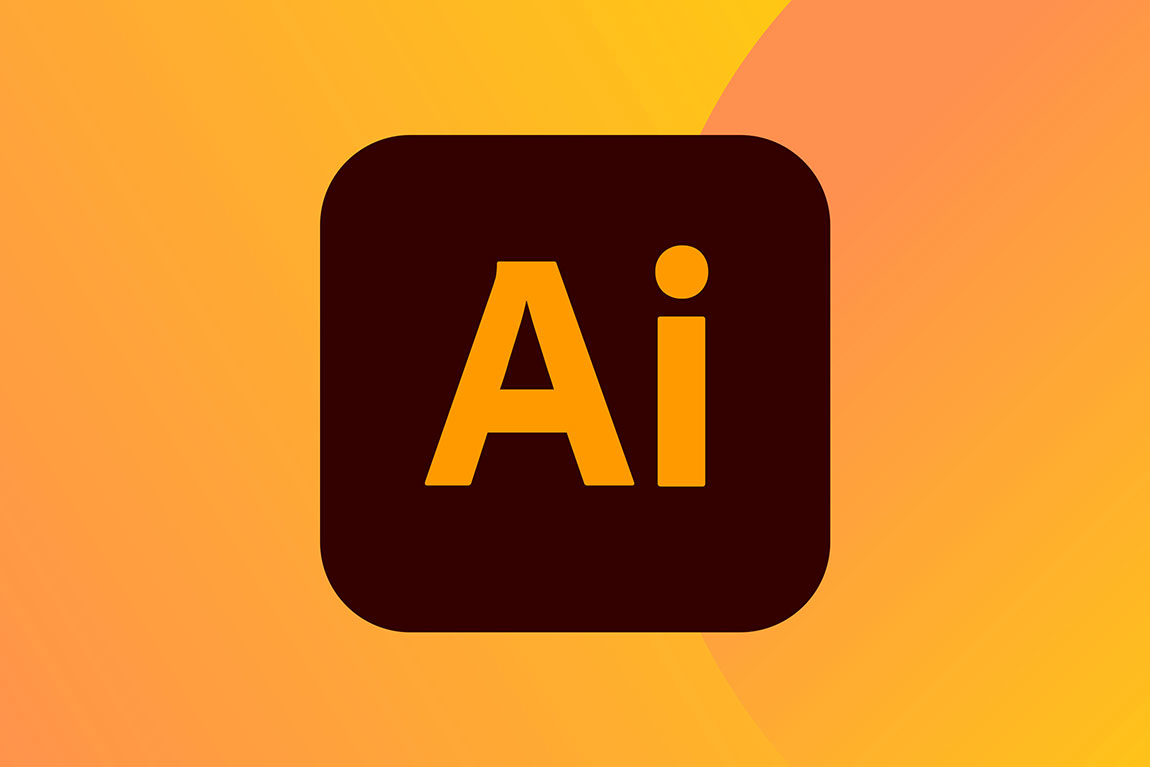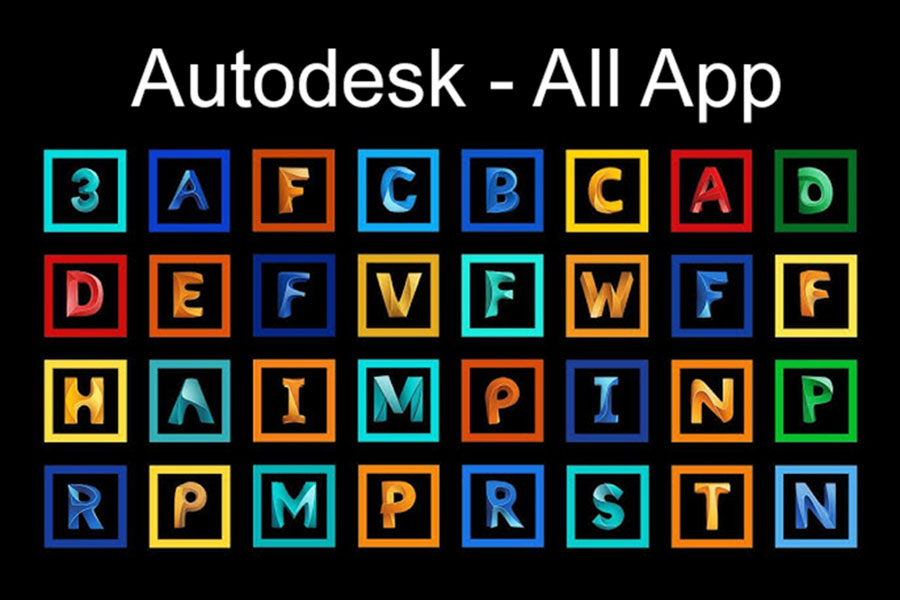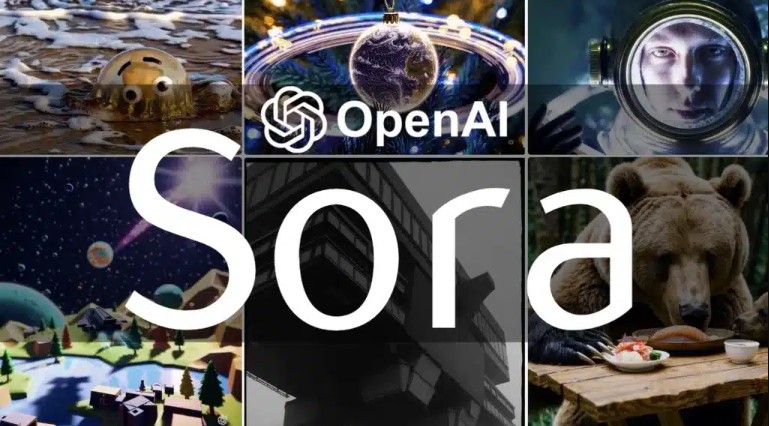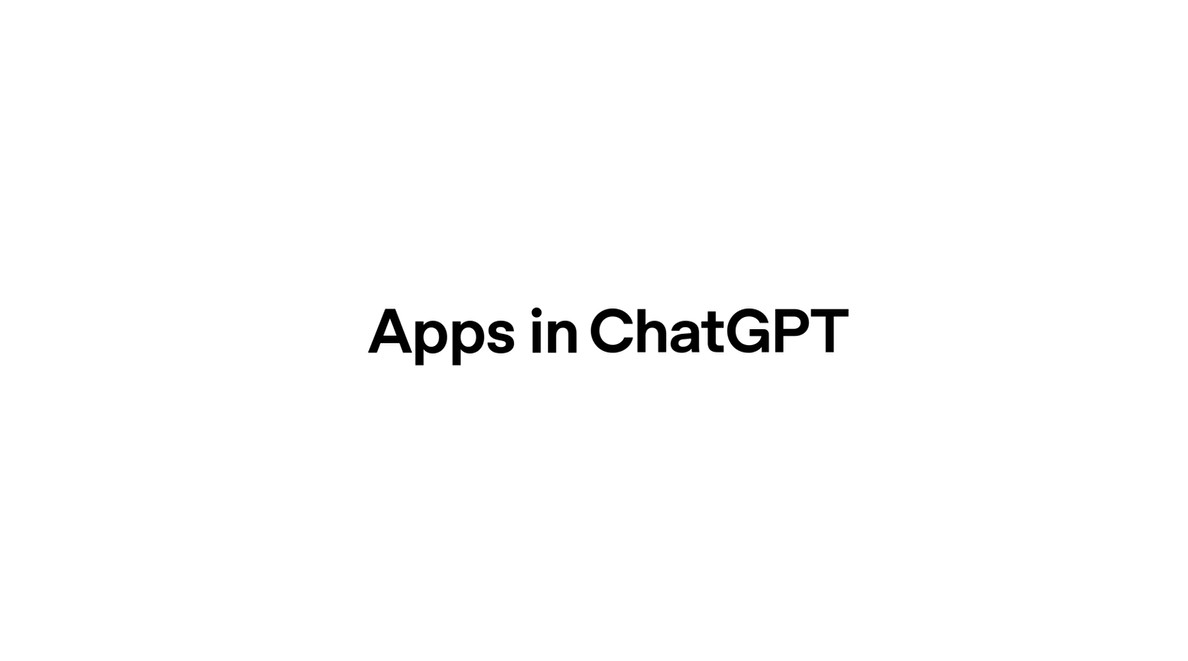Best Selling Products
Gemini launches new interface, a breakthrough that turns Google's AI into a "universal assistant"
Nội dung
Gemini has just "transformed" with a completely new interface, marking an important step in its journey to becoming Google's super AI assistant.
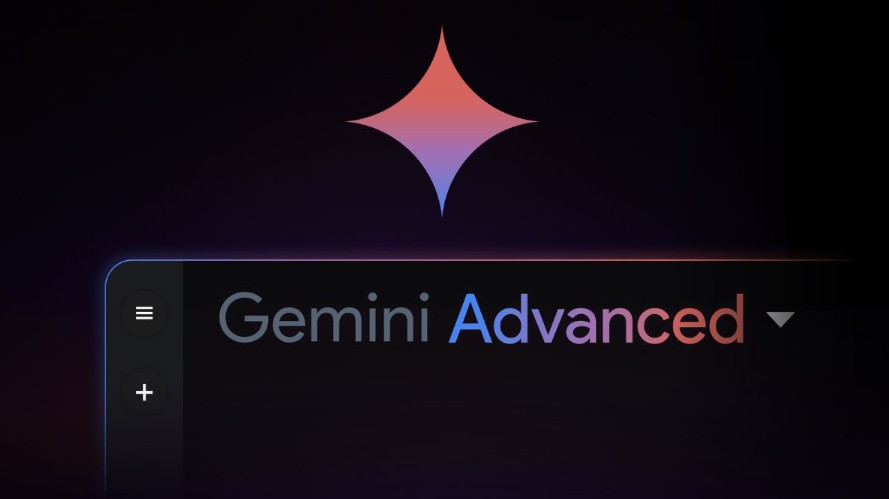
Google has begun the process of “redefining” Gemini, not only in AI capabilities but also in user interface design . In the latest update discovered in the Google app 16.38.62.sa.arm64, the technology site Android Authority has revealed the first images of Gemini’s redesigned interface . Although Google has not officially announced it, these changes clearly show the ambition of the technology “giant”: to turn Gemini from a chatbot into an “AI super assistant” .
1. Gemini's New Interface
Previously, when opening the Gemini app, users were presented with a simple white screen with a command input box at the bottom and a few small suggestions for conversation. This interface, while intuitive, was quite dry, making the experience of interacting with the AI feel more like a tool than a personal assistant.
Now, Google has completely changed its design philosophy. In the new interface, Gemini's home screen is more lively with welcome messages, shortcuts to core tools like Create Image and Deep Research , and a continuously scrollable feed that suggests content. The function buttons are placed higher, leaving more space for suggestions, which makes users feel like they're "accompanying" the AI instead of simply giving it commands.
.jpg)
The new design has a clear goal: to make Gemini a space for discovery, creativity, and personalization. Instead of waiting for users to initiate a conversation, Gemini proactively suggests ideas, tasks, or next actions. For example, when you open the app in the morning, you might see suggestions like “Create a daily newsletter,” “Find inspiring images for a new project,” or “Suggest quick breakfast recipes.”
This change, though small, demonstrates the sophistication of Google's design thinking. They don't want Gemini to be just a "question box", but rather the starting point for all of a user's digital interactions.
Buy Cheap Google AI Pro Account
2. Differences between old and new interface
According to the images shared by Android Authority, the difference between the two interfaces is clear. The old version only focuses on the chat box, similar to the traditional interface of AI chatbots. Meanwhile, the new design has a "smart home page" feel.
Google has changed the overall layout, moved the navigation buttons, optimized the display area and used the latest Material You design language to create a harmonious and modern experience. Each suggestion in the new interface acts as a conversation invitation, with just a tap to start an interactive session.
For example, instead of having to type “Create me a vintage portrait,” users can simply tap the suggestion “Give me a vintage look.” From there, Gemini will automatically open the Create Image feature and guide users to upload a photo or choose the appropriate style.
In particular, the suggestion feed seems to be the centerpiece of the whole new experience. This is where Gemini shows featured ideas, actions, and features that users can try right away. It's a lot like how Google Discover works, always showing personalized content based on users' habits and needs.
.jpg)
More than just a visual change, Gemini’s new interface also reflects Google’s new philosophy of combining AI with real-world user behavior. Google understands that users don’t always know exactly what they need, so instead of asking them to type in commands, Gemini proactively offers possibilities to inspire creativity and action.
3. Suggestion feature
One of the most exciting things about the new interface is the introduction of dynamic prompts. These suggestions are not just static text, but change dynamically based on context, time of day, or the user's recent data.
In the morning, you might see a suggestion to “Recap today’s agenda.” In the afternoon, Gemini might prompt you to “Generate ideas for new social media posts.” On the weekend, it might suggest “Plan a short trip” or “Re-edit that anniversary video.”
Some prompts highlight Gemini’s AI image-making capabilities, such as “Create a vintage-style photo” or “Try a futuristic look.” Others focus on language and programming skills, such as “Write a daily newsletter,” “Analyze this week’s data,” or “Program a mini game.”
These actions reflect Google’s desire to make Gemini a “full-fledged assistant” rather than a single-tasking chatbot. Each prompt is a “gateway” to a new experience, allowing users to interact with AI without having to type complex commands.
It is worth noting that many of the suggestions related to images are said to be based on Nano Banana. This feature helps images created or edited to maintain consistency in detail, avoiding distortion or distortion when users experiment with different styles.
.jpg)
When a user selects a prompt, like “cartoonize a portrait,” Gemini automatically asks to upload a photo, then shows a preview and makes adjustments in real time. It feels more like you’re working with a digital designer than a chatbot.
4. Google's new design philosophy
If Google's design philosophy previously revolved around minimalism and efficiency, with Gemini, the company is moving in a new direction: designing for emotion and discovery.
The goal of the new interface is not just to be more beautiful, but to help users feel “accompanying” with AI. Gemini is no longer a reply tool, but a digital friend that listens, suggests, and acts.
The new interface has a warmer feel thanks to the color scheme, layout, and greetings. Friendly greetings like “Good morning, how can I help you today?” or “Let’s create something fun?” help the interaction feel more natural and intimate.
Google understands that in the post-chatbot era, people no longer want to converse with a soulless AI. They want to be guided, inspired, and feel like they have control over the creative process. Gemini’s new interface is designed to create an emotional relationship between people and AI, where technology is no longer separate but integrated into everyday experiences.
From a design perspective, this is a very smart move. When users feel engaged, they will come back more often.
5. Google and its ambition to create an “AI super assistant”
While not yet officially announced, the Gemini interface redesign is clearly part of Google's larger strategy: building an "AI super assistant" that can become the center of all devices and services.
.jpg)
In the Google ecosystem, Gemini is not only available as a standalone app, but is also gradually being integrated into Gmail, Docs, Sheets, Chrome, and Android. Users can ask Gemini to write emails, summarize documents, analyze data, or control smart devices, all in a seamless conversational flow.
The new interface can be seen as the first step in Gemini becoming the “front” of the unified AI ecosystem that Google is building. By turning the home screen into a discovery hub, Gemini can connect users to everything from content creation, research, to work management.
This ambition also clearly reflects Google's strategic direction: not racing to develop language models like OpenAI, but focusing on integrating AI into everyday life. With billions of users using Google services every day, just by Gemini appearing in Chrome, Gmail or Android, Google has almost "embedded" AI into the lives of the whole world.
6. Will the new interface be widely deployed?
Currently, the images that Android Authority revealed are only internal test versions and Google has not officially announced a wide deployment. However, if looking at Google's development trends in recent times, it is very likely that this new interface will soon appear on the global release.
Google typically adopts a strategy of “silent testing” with a limited group of users before expanding. If the response is positive, Gemini with the new interface may be launched publicly in an upcoming app update or at the annual Google I/O 2025 event.
.jpg)
While still a mystery, it's clear that the Gemini redesign signals that Google is preparing for the next phase of artificial intelligence.
7. Conclusion
Gemini is going through an exciting transformation. From an AI chatbot with a simple interface, it is gradually becoming a comprehensive intelligent assistant platform where users can explore, create and control the digital world with just words or a touch.
Google’s heavy investment in the new design shows that they understand that in the AI race, user experience is as important as the power of the language model. A beautiful, friendly, and emotionally engaging interface could be the key to helping Gemini stand out in the competition with ChatGPT, Copilot, or Claude.
Although it is still only a test version, the “new face” of Gemini has revealed a future where AI not only understands us, but also accompanies, inspires and helps us to be more creative every day. And if everything goes as planned, the “super AI assistant” that Google dreams of will not be far away, it is gradually taking shape right in the heart of the Gemini application today.
